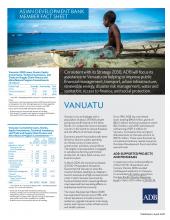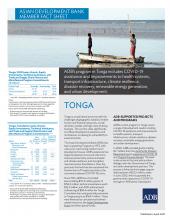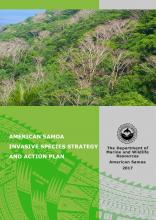Seaweeds of American Samoa

BRB
Available Online
This study provides the latest, up-to-date information on the diversity of marine plants (algae and seagrasses) of American Samoa. A general introduction to marine plants is provided, with observations on the flora of the islands. An illustrated guide to 67 macroalgae and seagrasses is provided in this report. The surveys covered 26 sites from four inhabited islands Tutuila, Aunuu, Ofu and Olosega and two smaller uninhabited islands Nuutele and Nuusilaelae. The habitats surveyed include subtidal sites to 20-m depth, inter tidal and the spray or splash zone. It also included surveys of relatively pristine coral reefs as well as high impact areas such as the inner Pago Pago Harbor. Two separate surveys, both over a two-week period in October 2002 and September 2003 were carried out and the final results are reported herein. A total of 635 specimens were analyzed and 239 algal and seagrass species were enumerated. The red algae (Rhodophyta) had the highest number of species with 133 identified. The green algae (Chlorophyta) had 60 species, the brown algae (Phaeophyta) had 29, and the blue-green (Cyanophyta) 27; only two seagrass species were found. This study showed that the flora of American Samoa is diverse, and that what is recorded reflects about 60% of the potential flora. The most diverse site was Utulei with 56 species; a site located near the Pago Pago Harbor entrance. Other notable diverse sites include the Fagatele National Marine Sanctuary with 50 species, Fagasa (44), Mafafa (36), Aua (32), and Onososopo and Fagaalu both with 31 species. The least diverse sites were the docks and the smaller Nuusilaelae Island. This is attributed to the limited collections from these sites for safety reasons. There are no substantiated records of endemic algae or seagrasses from American Samoa. Two species recorded by the American phycologist, William Setchell in 1924 (Sargassum fonanonense and Sargassum anapense) need more studies to verify their endemicity, as similar species have been recorded in the neighboring Western Samoa islands, where they are known under different names. Four algae are considered to be recently introduced into the American Samoan flora. Halymenia durvillei and Caulerpa serrulata may have been introduced from Apia Harbor, Western Samoa, whereas Grateloupia filicina and Codium mamillosum may have been introduced from places beyond the Archipelago. Although only single specimens were collected for the latter two algae, it is prudent that monitoring and surveys must be maintained to keep abreast of any potential impacts. The flora of American Samoa fits in with the biogeographic theory of decreasing diversity away from the Indo-Pacific centre of biodiversity. The 222 species of red, green and brown algae is well above those of the Cook Islands (67) and the Easter Islands (134), but below that of French Polynesia (308). The reason for this disparity is attributed to the intensity of collections. The diversity of American Samoan seagrasses and algae are better known than those of neighboring island countries. To allow for a continuous buildup and maintenance of this knowledge the following observations and recommendations are made.






